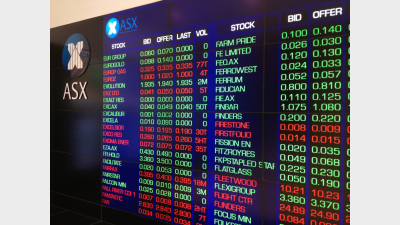Class action risk lifts premium costs
Major Australian corporates, particularly those in financial services, look likely to be paying more for their directors and officers’ insurance in the face of rising litigation resulting from investment losses and company collapses, according to specialist legal firm Colin Biggers and Paisley.
The company pointed out that more than 250 securities class actions have been filed in the US as a result of the credit crisis and that while numbers are not expected to reach that level in Australia, there is cause for concern.
Partner with the firm Linda Murphy said that while she did not expect the same number of law suits to occur because of the size of the market in Australia, she did expect a significant upward trend because the issues were essentially the same as in the US.
She said the background for litigation had altered dramatically in the past decade, fuelled by the spectacular corporate collapses that had resulted from the current recession.
Murphy said in Australia, directors and officers insurance had become increasingly targeted as a potential source of recovery for devastating losses suffered by shareholders who were seeking to make the boards of companies responsible for their losses.
She said another trend that would indirectly impact underwriters was the intense focus on the part of the Australian Securities and Investments Commission on entities and directors’ compliance with their continuous disclosure obligations.
Recommended for you
The Your Future, Your Super scheme and RG 97 may be directing capital away from more productive uses and discouraging active investment strategies, says the independent MP.
SuperRatings has shared the top 10 balanced options of the last financial year.
Rest Super remains “fully committed” to equities, even as it anticipates higher market volatility than experienced in previous decades.
Australian superannuation funds have again generated strong returns for FY25, with the median growth fund returning 10.5 per cent for the year, according to Chant West.











